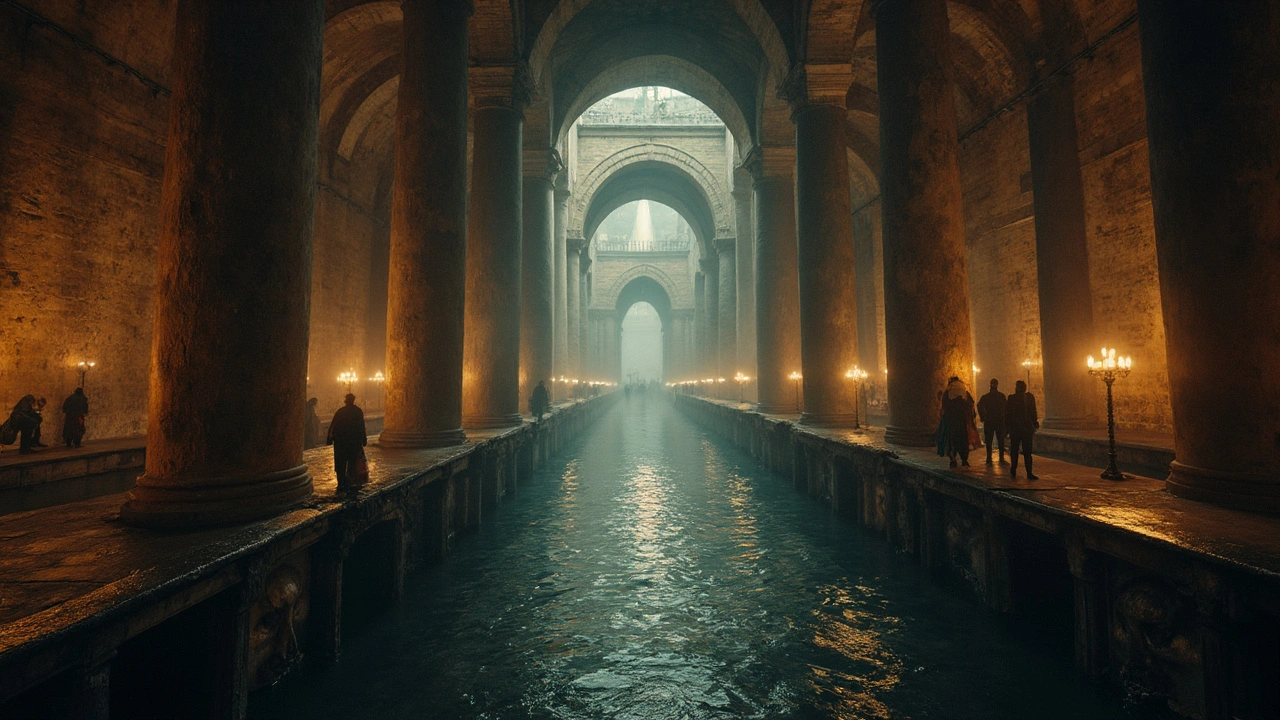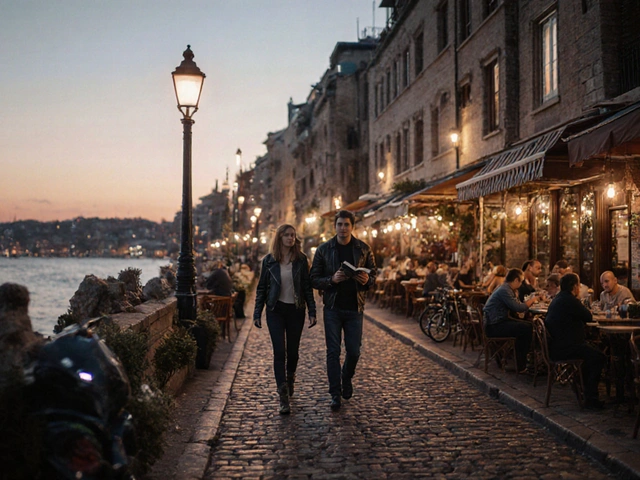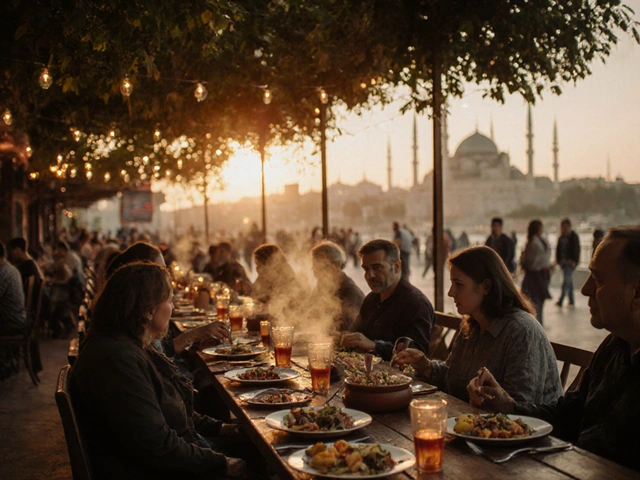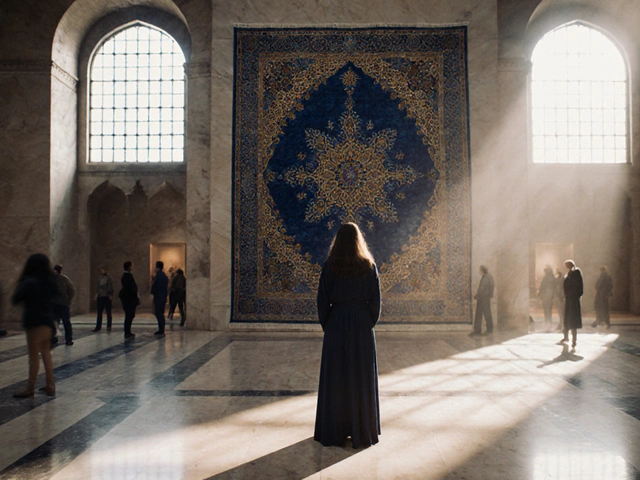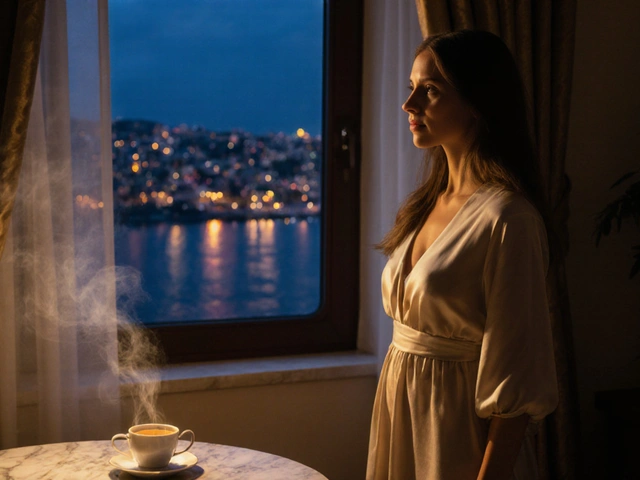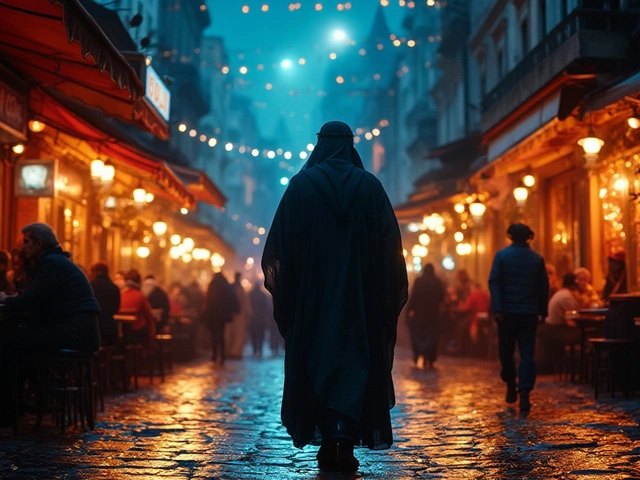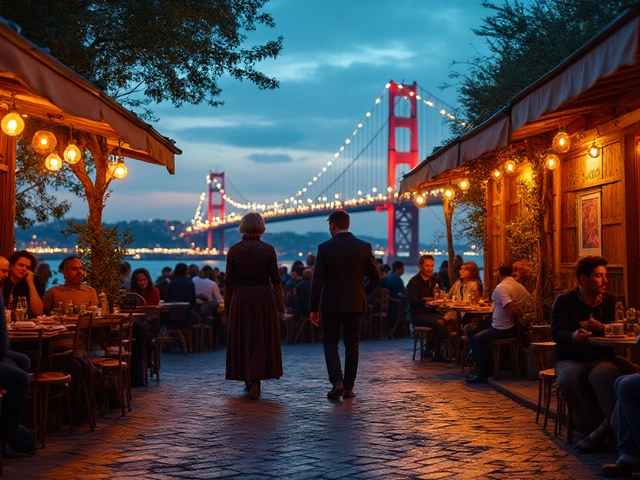Slip just a few steps south from the hustle of the Sultanahmet tram and you’ll find yourself staring at a nondescript entrance. There’s no grand façade. Yet, every Istanbul local knows that beneath those worn stone steps lies something magical: the Basilica Cistern—Basilica Cistern—Istanbul’s hidden, watery wonder.
Tourists gawk at the grand mosques. Expats spend hours chatting in Fener’s hip cafes. But the Basilica Cistern is the secret jewel of Istanbul attractions, a place where whispers echo off ancient brick, and the faint smell of water hangs in the cool air. Whether you’ve navigated Kapalıçarşı’s endless labyrinth or watched the sun fade over the Bosphorus, nothing quite prepares you for the moment the city’s roar gives way to the sound of dripping water in the darkness below.
A Byzantine Marvel Beneath the Streets
Built in the 6th century during Emperor Justinian’s reign and locally called Yerebatan Sarnıcı (Palace of the Sunken Ones), the Basilica Cistern isn’t just another old ruin buried under Istanbul’s busy surface. At 140 by 70 meters, the vaulted underground hall covers nearly 10,000 square meters—bigger than most city blocks in Şişli or Kadıköy. It could once supply water for hundreds of homes and the nearby Great Palace. Whenever Istanbul faced siege, the city’s survival literally hung on these hidden reserves.
What blows people away isn’t just the engineering. Picture 336 giant marble columns, many recycled from ancient temples, soaring up into the gloom. Some carry delicate Corinthian designs, others rough-cut stone. They’re perfectly aligned, casting ripples in the shallow water beneath, and their dim-lit reflections give the place an unearthly mood. Locals joke that the chill down here is better than any AC during Istanbul’s sweltering August heat. Sure beats the rush for shady benches in Gülhane Park.
And then, there’s the Medusa Heads. Lurking at the far end, two enormous, upturned marble faces prop up columns, still a little creepy after all these centuries. Historians say these stones came from older sites, but nobody’s quite sure why Medusa got stuck under a Byzantine water tank. Visit during quieter weekday hours and you might get to ponder these stone-carved mysteries almost alone—far from the tourist crowds of Hagia Sophia above.
Want to impress your Istanbul friends? Mention that old Ottoman records show the city’s aqueducts and cisterns formed a network stretching kilometers. Many are sealed off or lost, but Yerebatan’s the largest visitor-friendly one. Istanbul’s unique mix of Christian mosaics and Ottoman fountains above ground owes a lot to the water stashed—and sometimes forgotten—underground.
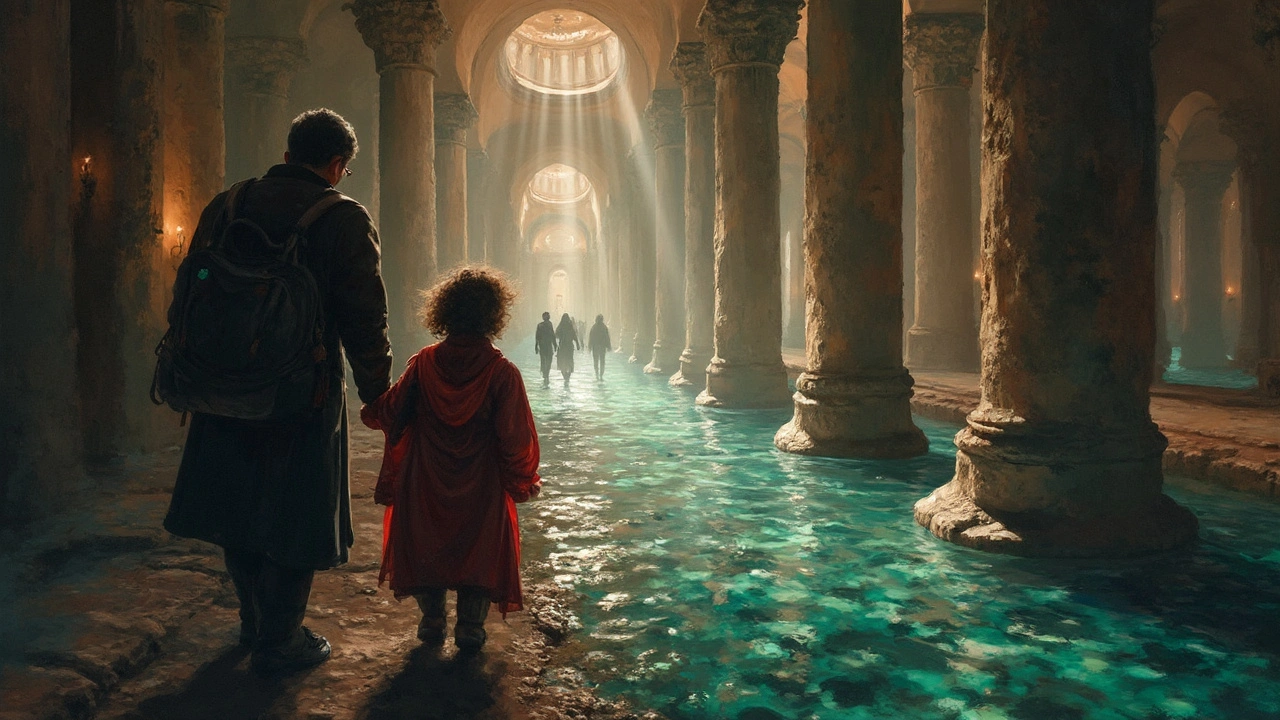
Tips for Visiting Basilica Cistern Like a Local
Ask anyone living in Istanbul: Timing is everything. The cistern opens daily, and you’ll skip the worst queues if you show up before 10 am, especially outside peak tourist season. Locals recommend avoiding rainy winter days—puddles sometimes gather in walkways, and parts might be closed for cleaning. Between March and June, or September through early November, you’ll find the best mix of cool temperatures and manageable crowds.
Tickets are a bit pricier for foreigners than for locals with Turkish ID or residence permits. Pro tip: if you’re a student or living in the city, bring your IstanbulCard or ask for discounts. Vendors around Sultanahmet push group tours, but if you want more secrets, book a guided visit through Istanbul’s official city tour app, rather than a generic travel site. Many local guides are absolute fountains of stories—you’ll hear gossip about emperors, floods, and even 1960s ‘James Bond’ shoots in the cistern (yes, From Russia with Love filmed underwater scenes here).
Plan at least an hour for your visit. It takes a few minutes for your eyes to adjust to the dim red glow. Stick to the main walkways; clear signs mark some areas as slippery or off-limits. Snap all the photos you want, but be mindful—flash is discouraged because it bothers both the fish and your fellow visitors.
Since you’re right in the heart of Istanbul’s historical peninsula, pair your cistern visit with a lazy breakfast at one of Sultanahmet’s many rooftop cafes (like Seven Hills, famed for its view of the Blue Mosque and Hagia Sophia), or wander over to Arasta Bazaar for artisan ceramics. Avoid peak lunchtime traffic—locals often take refuge in the shady hidden tea gardens of Cağaloğlu, just two streets away.
If you have sensitive feet, wear comfortable, non-slip shoes. The platforms get slick with condensation, especially in summer. While strollers are possible, it’s best for families to carry little ones—the steps down are steep. Wheelchair access is somewhat limited; check Istanbul city’s tourism website for the latest accessible facilities. English explanations are dotted along the path, so you won’t need a guide to soak up the details, but Turkish descriptions usually offer more historical trivia if you can read a bit of the language.
Locals in Istanbul love to bring visiting friends and wow them with the echo of ‘seref’ (cheers!) under the ancient ceilings—there’s even an occasional classical music concert. If you catch event posters, spring for a ticket. The acoustics under all that stone and water are spine-tingling—way better than the overused venues by İstiklal.
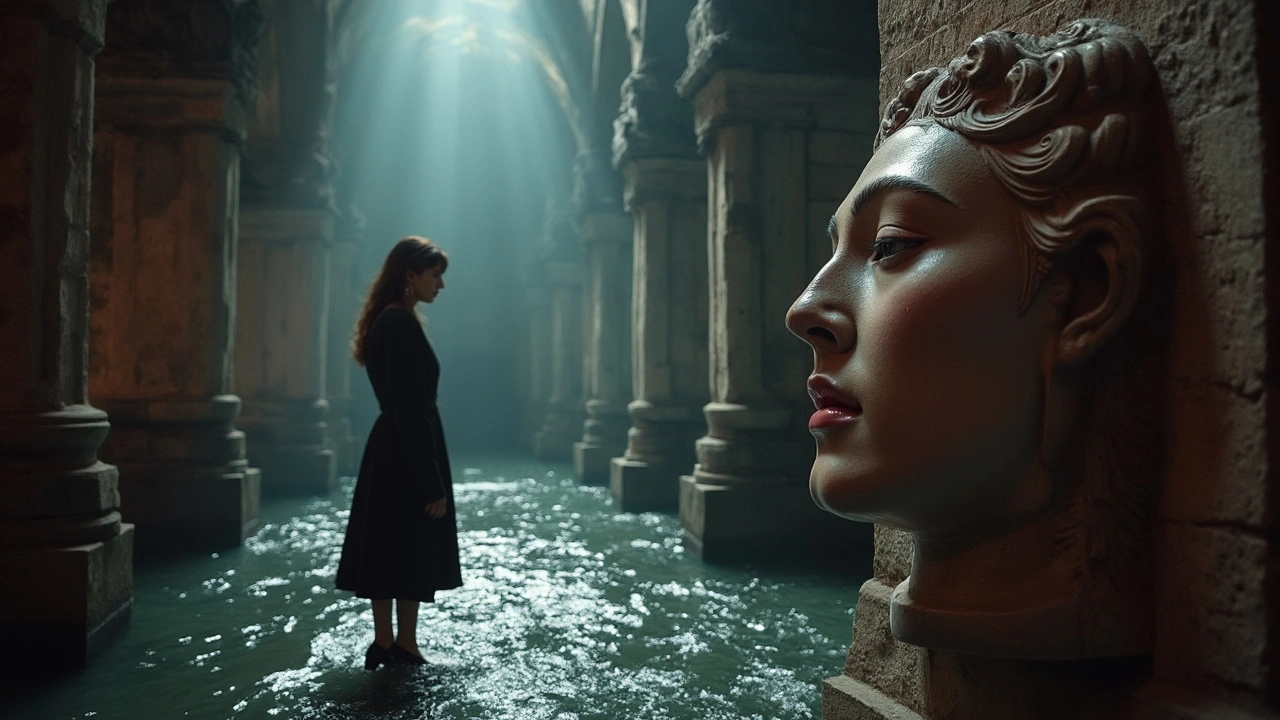
Legends, Mysteries, and Everyday Life Around the Cistern
Basilica Cistern holds a special place in local folklore. Some believe the Medusa heads were placed sideways and upside down to dampen the power of her gaze. Others spin tales of emperors plotting revolutions over secret midnight meetings, shadows flickering on the damp pillars. If you wander around the nearby Old Book Bazaar, you may even stumble across historic maps or out-of-print books that dig into the cistern’s half-told stories—perfect finds for history buffs or anyone looking to impress during a tea break at Hafız Mustafa.
The cistern played its part in modern Istanbul too. In the 1600s, Ottomans used the underground water for Topkapi Palace. Come the late 19th century, people forgot it was there—until a Frenchman dropped a line through a home floor nearby and fished up buckets of water and the occasional carp! Restoration only picked up in the 1980s, and today, it’s a top Istanbul attraction, visited by over 2 million people a year.
An unexpected highlight: the fat, ghostly fish swimming in the shallows. Local kids often whisper that kissing one brings luck (nobody can prove it, but it’s harmless fun). The cistern’s humidity helps protect Istanbul’s ancient brick from cracking and is a practical example of old-school climate control—seriously, engineers still visit to study how the space manages cool temperatures despite summer’s muggy air up above.
Some visitors see the Basilica Cistern as a cool break from the city’s buzz. For others, it’s a setting for fantasy—think echoes, invented whispers, or the thrill of imagining life during Byzantium or under the Ottomans. For Istanbul locals, it’s part of the mosaic that makes the city endlessly compelling: old alongside new, history woven around modern tramlines, and anonymous entrances opening onto wonders most cities can only dream about.
Here’s a quick snapshot comparing details for your next visit or to settle a trivia-night bet with friends:
| Feature | Basilica Cistern | Hagia Sophia |
|---|---|---|
| Year Built | 532-542 AD | 537 AD |
| Architect | Unknown (Justinian period) | Isidore of Miletus, Anthemius of Tralles |
| Acreage | 9,800 sq m | 7,900 sq m (current footprint) |
| Columns | 336 | 107 (interior, main hall) |
| Tourist Visits Per Year | Over 2 million | Over 3.7 million |
The best way to wrap up your adventure? Swap stories with friends in a traditional kokoreç stand near the Hippodrome or sample candied chestnuts from a street vendor as you debate which Medusa head was original—and why she’s kept in the shadows. That layered feeling, the sense of centuries folded under your feet, is what gives Istanbul its endless pull. The Basilica Cistern isn’t just a relic—it’s a living, echo-filled symbol of a city that never stops surprising, whether you call Istanbul your home, your muse, or just your next stop.
